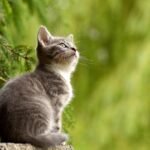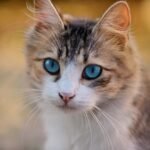Cats have been our loyal companions for centuries, mesmerizing us with their grace and charm. As pet parents, we are always on the lookout for ways to ensure our feline friends lead long, healthy lives. Nutrition plays a pivotal role in their overall well-being and longevity. With proper dietary habits, you can significantly enhance your cat’s quality of life and potentially extend their lifespan. Here are six nutrition habits that can make a difference.
Understanding Your Cat’s Unique Dietary Needs
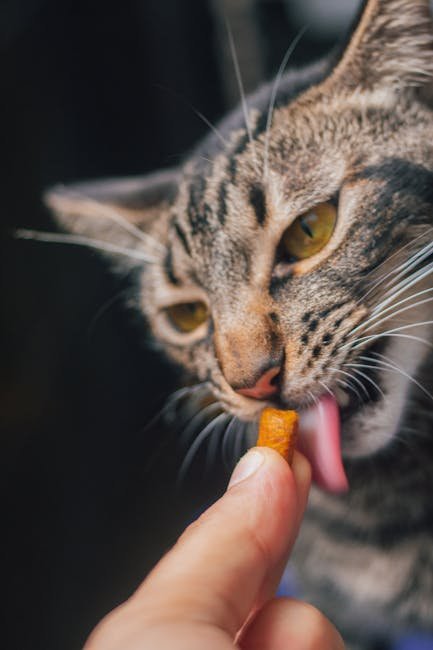
Every cat is unique in its own way, and their dietary needs are no exception. Cats are obligate carnivores, which means they require a diet rich in animal protein to thrive. Unlike dogs or humans, cats cannot thrive on plant-based proteins. It’s crucial to understand that their nutritional requirements differ based on their age, weight, and health conditions. For instance, kittens require more calories and protein than adult cats, while senior cats might need a diet tailored to prevent obesity or kidney issues. By paying attention to these specific needs, you can ensure that your cat receives the right nutrients in the right amounts.
Prioritizing High-Quality Protein Sources
Protein is the cornerstone of a cat’s diet. It is essential for maintaining muscle mass, supporting immune function, and providing energy. When selecting cat food, always prioritize high-quality protein sources such as chicken, turkey, fish, or beef. Avoid products that list ambiguous terms like “meat by-products” or “meal” without specifying the source. These can often be lower-quality ingredients that may not provide the necessary nutrients your cat needs. By choosing premium protein sources, you are not only enhancing your cat’s diet but also supporting their overall health and vitality.
Incorporating Wet Food for Hydration
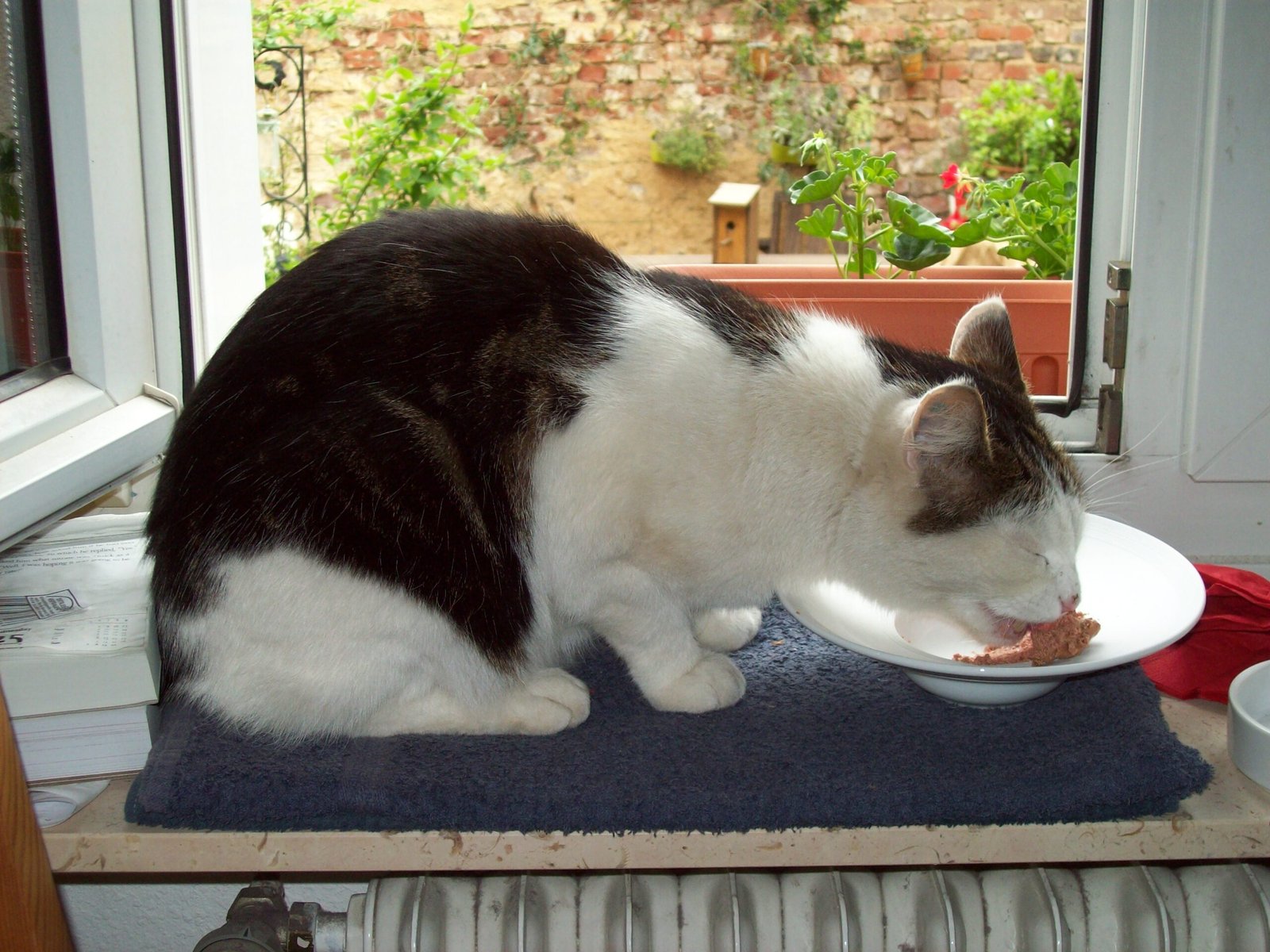
Cats are notorious for not drinking enough water. This can lead to several health issues, including urinary tract problems and kidney disease. One effective way to ensure your cat stays hydrated is by incorporating wet food into their diet. Wet food contains a high moisture content, which can help supplement your cat’s water intake. Not only does wet food provide hydration, but it also tends to be more palatable for cats. Mixing wet food with dry kibble can offer a balanced diet that satisfies your cat’s taste buds and hydration needs.
Balancing Vitamins and Minerals
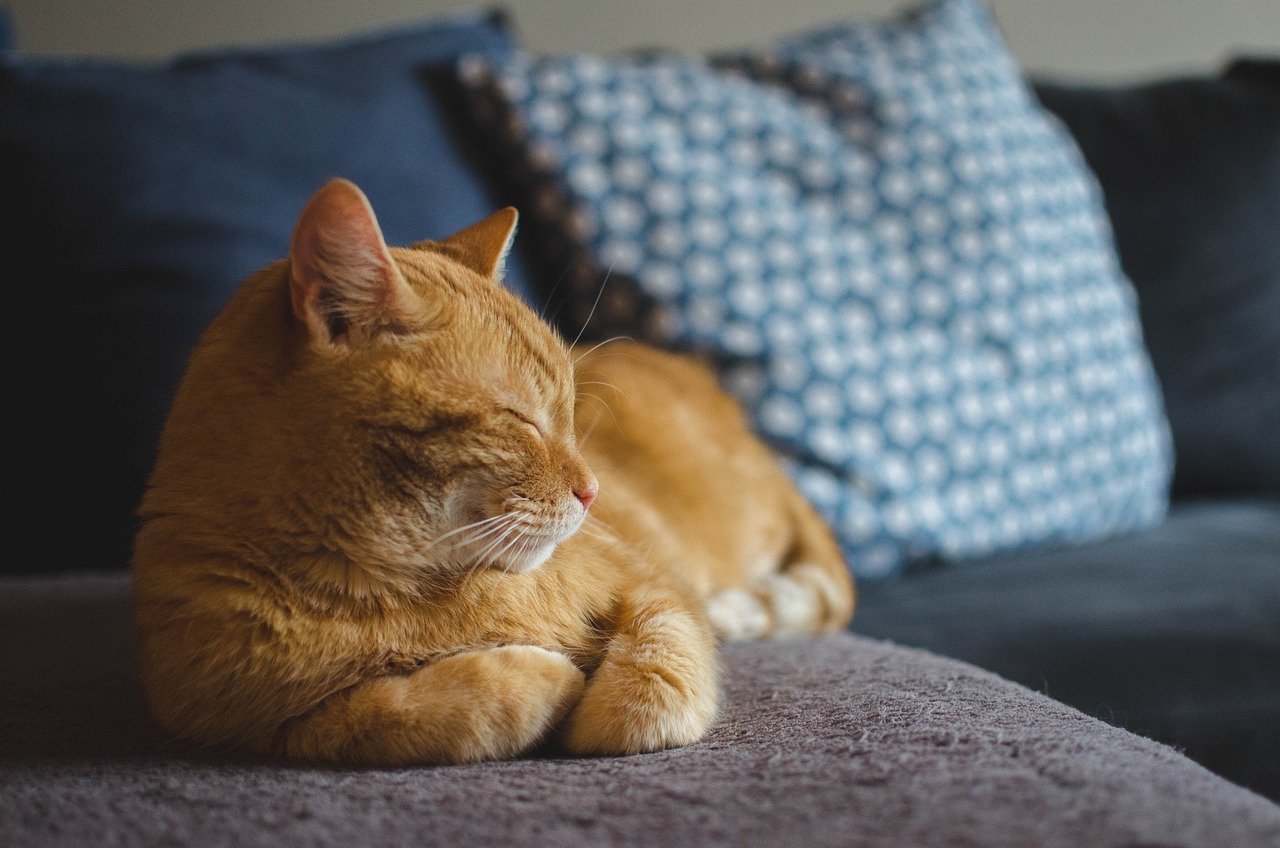
Vitamins and minerals are vital components of your cat’s diet, playing a significant role in maintaining their health. For instance, taurine is an essential amino acid for cats, crucial for heart health and vision. Calcium and phosphorus are necessary for bone strength, while omega-3 and omega-6 fatty acids support skin and coat health. It’s important to choose cat food that provides a balanced blend of these nutrients. Over-supplementation can be just as harmful as deficiencies, so it’s essential to consult with your veterinarian to determine the right balance for your cat’s specific needs.
Controlling Portion Sizes
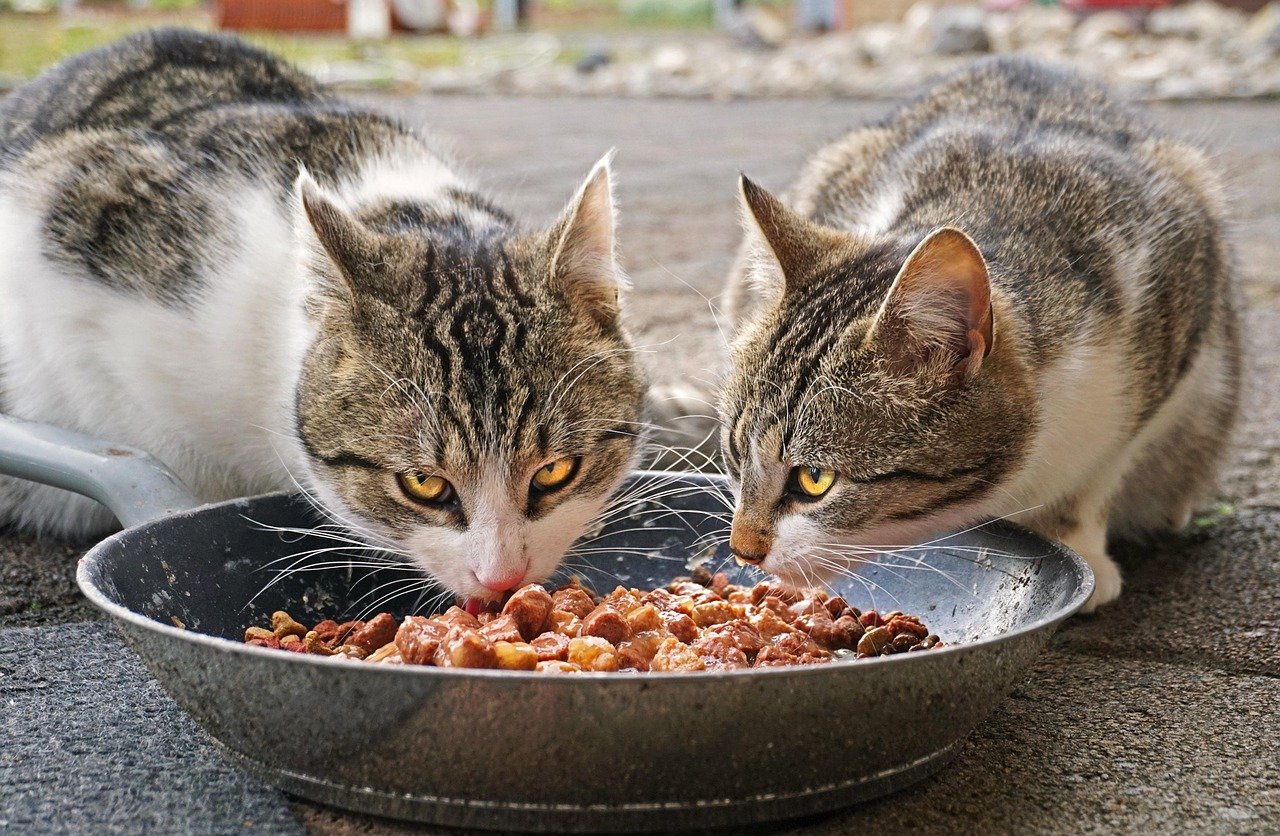
Overfeeding is a common issue among pet owners, often leading to obesity and related health problems. Cats are natural hunters and, in the wild, consume small meals throughout the day. Mimicking this feeding pattern by providing smaller, more frequent meals can help control portion sizes and prevent overeating. Always refer to the feeding guidelines on cat food packaging, adjusting based on your cat’s age, weight, and activity level. Regularly monitoring your cat’s weight and body condition can also help ensure they’re maintaining a healthy weight.
Introducing Variety and Rotation
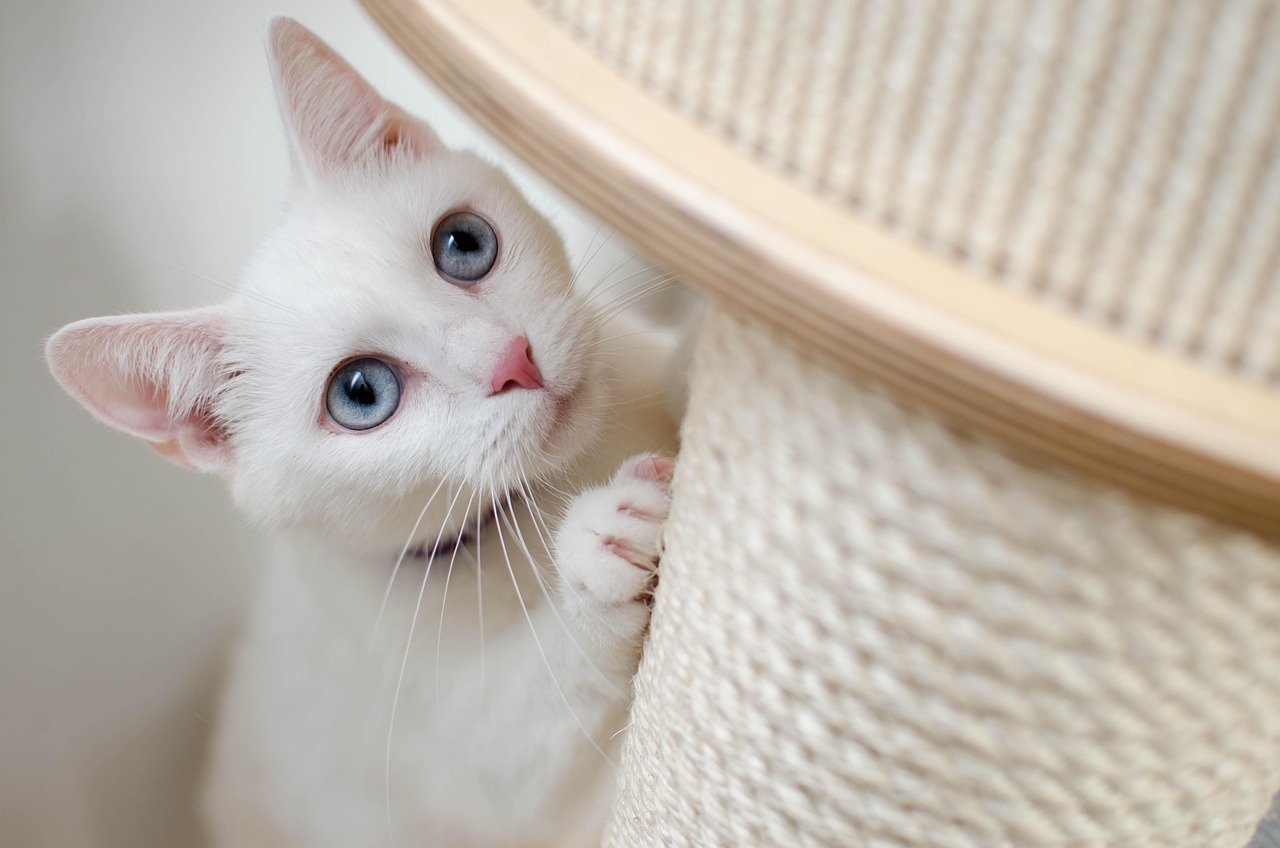
Just like humans, cats can benefit from a varied diet. Introducing different protein sources and flavors can prevent boredom and picky eating habits. Rotating between different brands and types of cat food can also provide a wider range of nutrients, ensuring a more balanced diet. However, it’s important to introduce new foods gradually to avoid digestive upset. Start by mixing a small amount of the new food with the old, gradually increasing the amount over a week. This approach can keep mealtime exciting and nutritionally diverse.
Monitoring and Adjusting Based on Life Stages
Cats go through various life stages, from playful kittens to adult cats and eventually to senior felines. Each stage has its unique nutritional requirements. Kittens, for example, need more calories and nutrients to support their rapid growth and energy levels. Adult cats require a balanced diet to maintain their health and prevent obesity, while senior cats might benefit from diets that support joint health and prevent kidney issues. Regular veterinary check-ups can provide insights into any changes in dietary needs as your cat ages, allowing you to adjust their diet accordingly.
Avoiding Harmful Ingredients and Additives
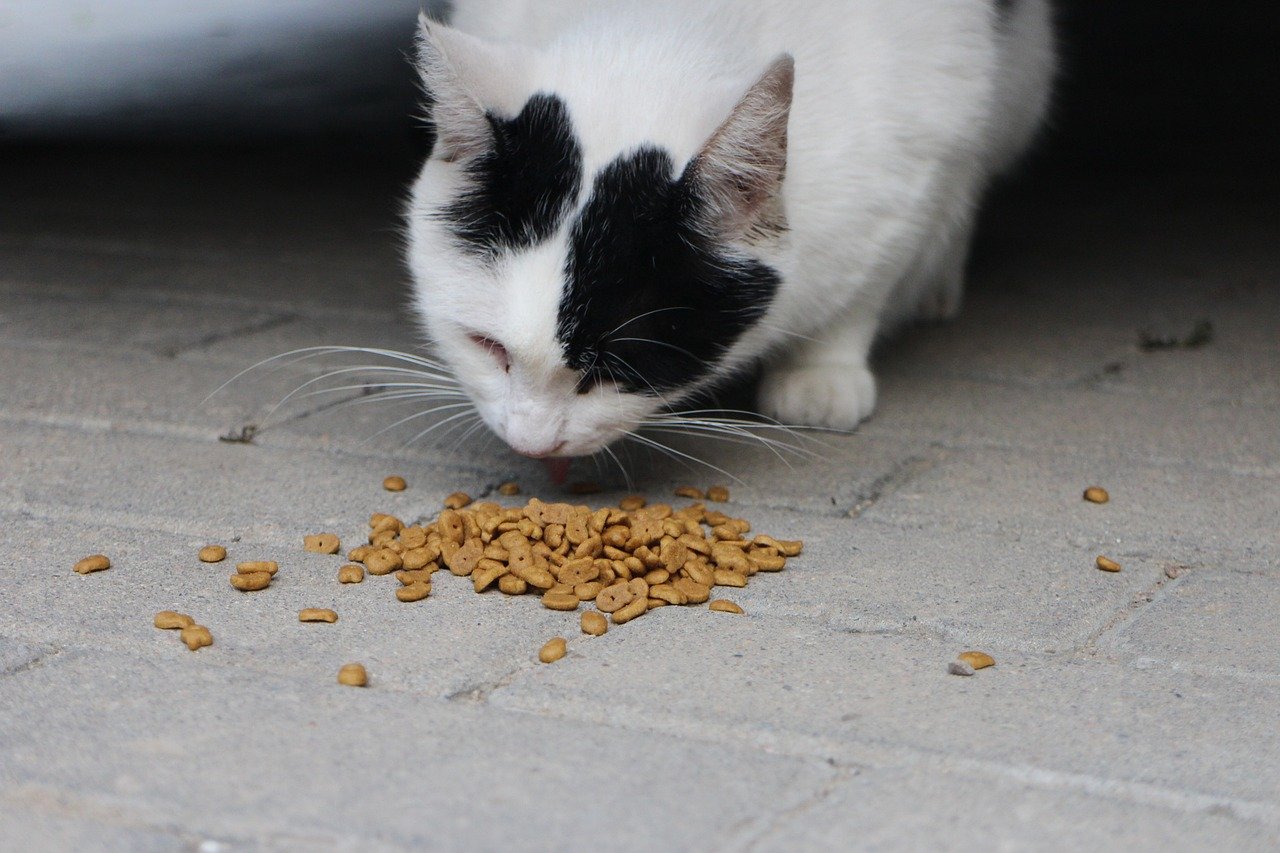
It’s essential to be vigilant about harmful ingredients and additives in cat food. Artificial preservatives, colors, and flavors can be detrimental to your cat’s health. Ingredients like BHA, BHT, and ethoxyquin should be avoided, as they have been linked to health concerns. Additionally, certain human foods, such as onions, garlic, and chocolate, can be toxic to cats and should be kept out of reach. Always read the ingredient list carefully and opt for cat food that uses natural preservatives and wholesome ingredients to ensure your cat’s safety and well-being.
Understanding the Role of Fiber
Fiber is an often overlooked component of a cat’s diet, but it plays a crucial role in maintaining digestive health. While cats do not require large amounts of fiber, it can aid in preventing hairballs and promoting regular bowel movements. Some cat foods include added fiber from sources like pumpkin or beet pulp. Including a moderate amount of fiber in your cat’s diet can help support their digestive system and prevent common issues like constipation. However, it’s important to balance fiber intake, as too much can lead to digestive discomfort.
Encouraging Natural Hunting Behavior
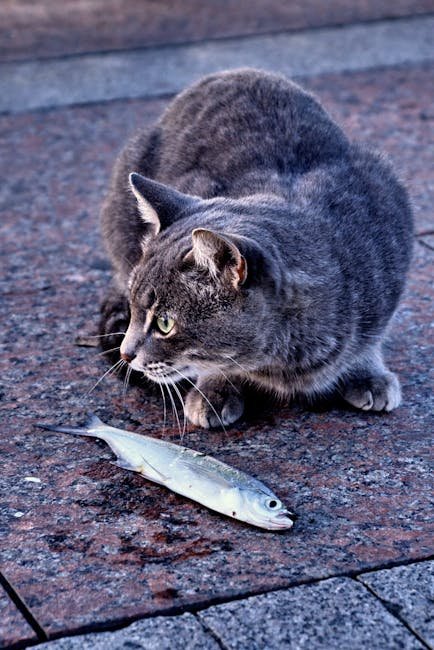
Cats are natural hunters, and their feeding habits in the wild involve stalking, pouncing, and capturing their prey. Encouraging this behavior through interactive feeding can enhance their mental and physical well-being. Puzzle feeders and treat-dispensing toys can simulate hunting and provide mental stimulation during mealtime. This approach not only engages your cat’s instincts but also helps prevent boredom and overeating. By incorporating play into feeding routines, you can enrich your cat’s environment and promote a more active lifestyle.
Recognizing Signs of Food Allergies
Food allergies in cats can manifest as skin irritations, digestive issues, or respiratory problems. Identifying and addressing food allergies is crucial for maintaining your cat’s health. Common allergens include certain proteins like chicken or beef, as well as grains such as corn or wheat. If you suspect your cat has a food allergy, consult with your veterinarian to conduct an elimination diet or allergy testing. Once the allergen is identified, you can choose a hypoallergenic diet that eliminates the offending ingredient, providing relief for your cat.
Building a Strong Relationship with Your Veterinarian
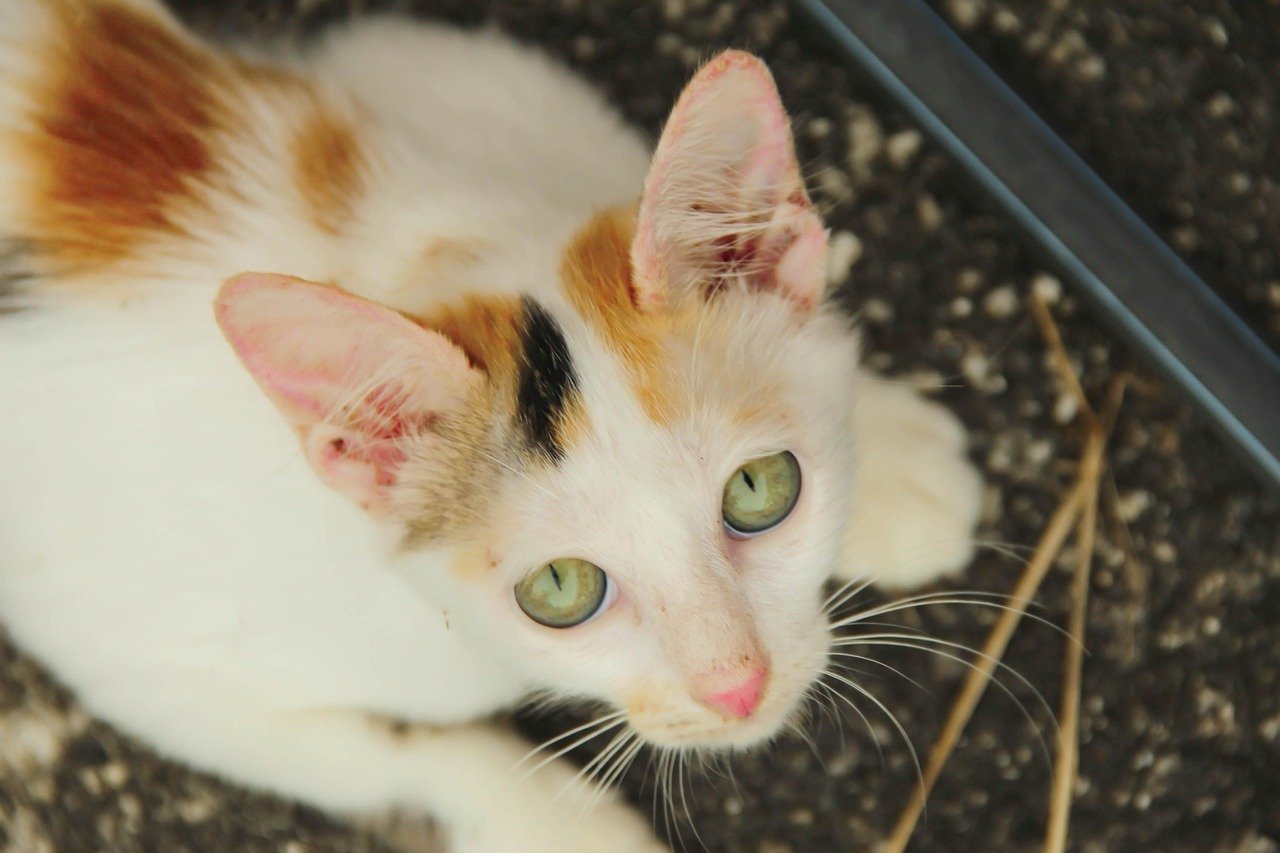
Your veterinarian is an invaluable resource when it comes to your cat’s nutrition and health. Regular check-ups can help identify any dietary deficiencies or health concerns that may require dietary adjustments. Developing a strong relationship with your veterinarian allows for open communication and personalized advice tailored to your cat’s specific needs. Don’t hesitate to discuss any concerns or questions about your cat’s diet, as a proactive approach can help prevent potential health issues and ensure your cat’s well-being.
Investing in High-Quality Cat Food
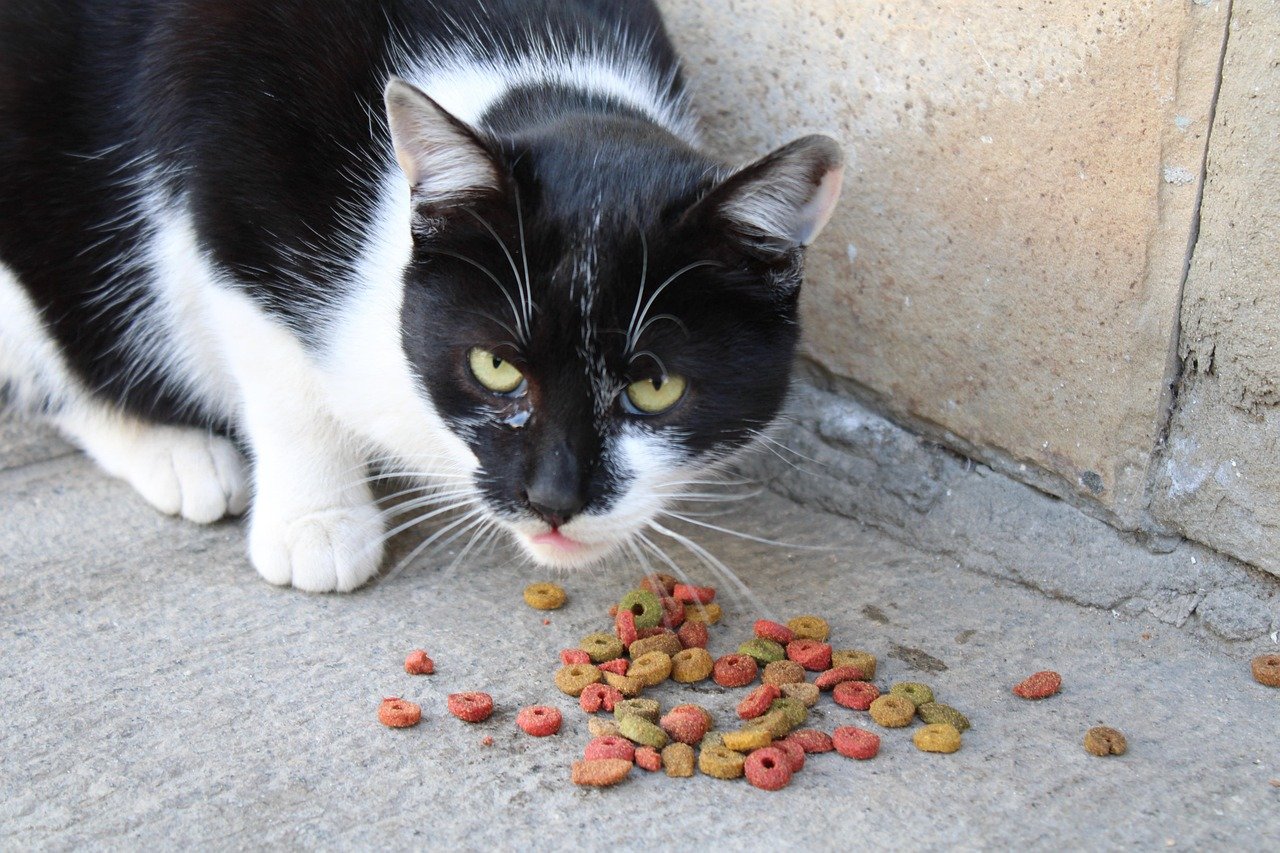
The quality of cat food plays a significant role in your cat’s health and longevity. Investing in premium cat food may come with a higher price tag, but it often translates to better ingredients and nutritional value. High-quality cat food is formulated to meet the nutritional needs of cats at various life stages, providing essential nutrients for optimal health. By prioritizing quality over quantity, you can reduce the risk of health issues and support your cat’s overall well-being, ultimately contributing to a longer, healthier life.
Understanding the Impact of Treats
Treats are a wonderful way to reward your cat and strengthen your bond, but it’s essential to use them wisely. Overindulgence in treats can lead to weight gain and nutritional imbalances. It’s important to choose healthy treats that complement your cat’s diet, avoiding those with excessive sugars or artificial additives. Limiting treats to no more than 10% of your cat’s daily calorie intake can help maintain a balanced diet. By using treats responsibly, you can enjoy rewarding your cat without compromising their health.
Exploring Homemade and Raw Diets
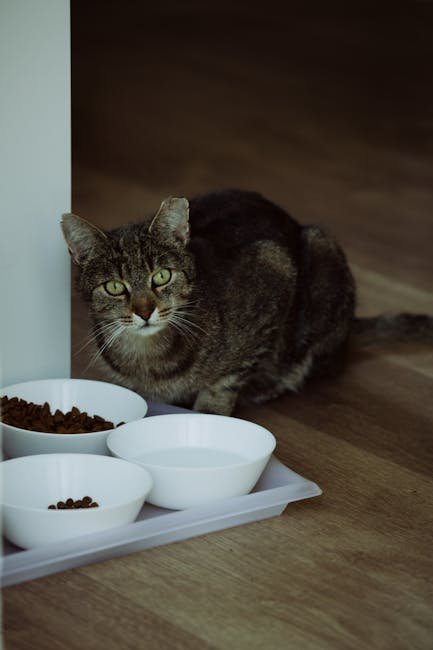
Some cat owners opt for homemade or raw diets to have more control over their cat’s nutrition. While these diets can be beneficial, they require careful planning and consideration. It’s important to ensure that homemade or raw diets meet all of your cat’s nutritional requirements, including essential vitamins and minerals. Consulting with a veterinary nutritionist can provide guidance and help create a balanced meal plan. Additionally, handling raw food safely is crucial to prevent bacterial contamination. With the right precautions, homemade or raw diets can offer a tailored approach to your cat’s nutrition.
Staying Informed About Cat Nutrition Trends
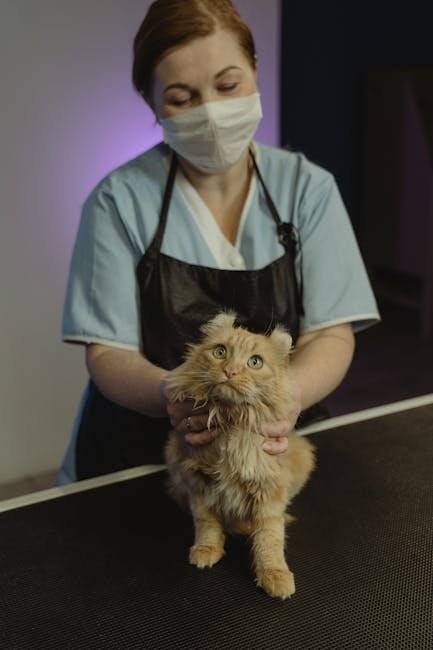
The world of cat nutrition is constantly evolving, with new trends and discoveries emerging regularly. Staying informed about these trends can help you make educated decisions about your cat’s diet. Whether it’s the rise of grain-free diets or the introduction of novel protein sources, understanding the pros and cons of each trend is essential. However, it’s important to approach trends with caution and prioritize evidence-based information. By staying informed and open-minded, you can navigate the ever-changing landscape of cat nutrition and make choices that benefit your cat’s health.
Managing Stress and Its Impact on Eating Habits
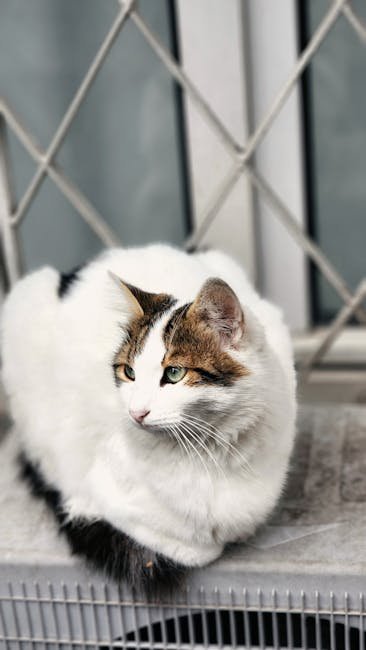
Cats are sensitive creatures, and stress can significantly impact their eating habits and overall health. Changes in routine, environment, or even the introduction of new pets can lead to stress-related eating issues. It’s important to create a calm and stable environment for your cat, ensuring they have a designated space for meals. If your cat shows signs of stress, such as decreased appetite or overeating, addressing the underlying cause is crucial. Incorporating calming techniques, such as pheromone diffusers or interactive play, can help manage stress and support healthy eating habits.
The Importance of Consistency in Feeding Schedules
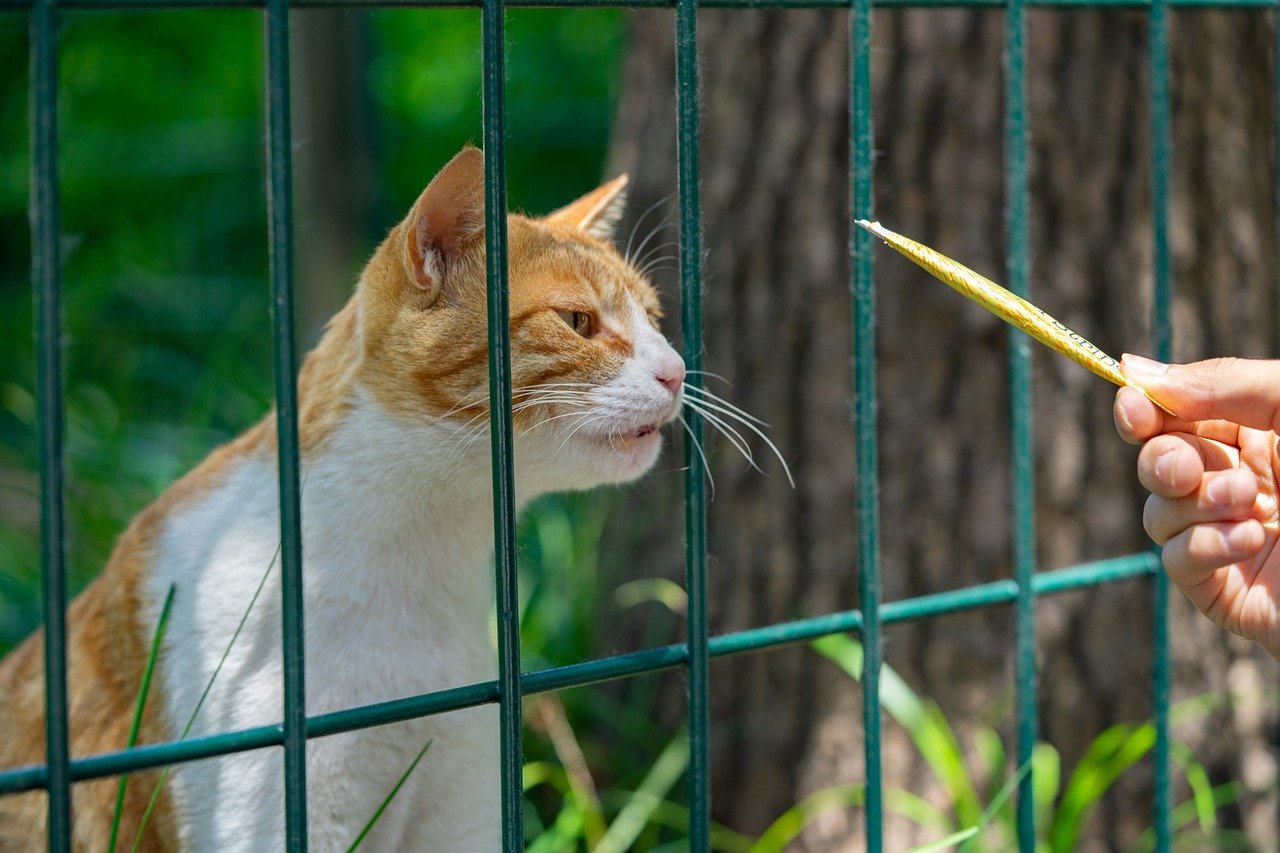
Consistency is key when it comes to your cat’s feeding schedule. Cats thrive on routine, and irregular feeding times can lead to anxiety and overeating. Establishing a consistent feeding schedule helps regulate your cat’s metabolism and prevents them from becoming overly hungry between meals. Aim to feed your cat at the same times each day, whether it’s twice a day for adults or more frequently for kittens. Consistency not only supports your cat’s physical health but also contributes to their emotional well-being.
Creating a Nutritional Plan for Long-Term Health
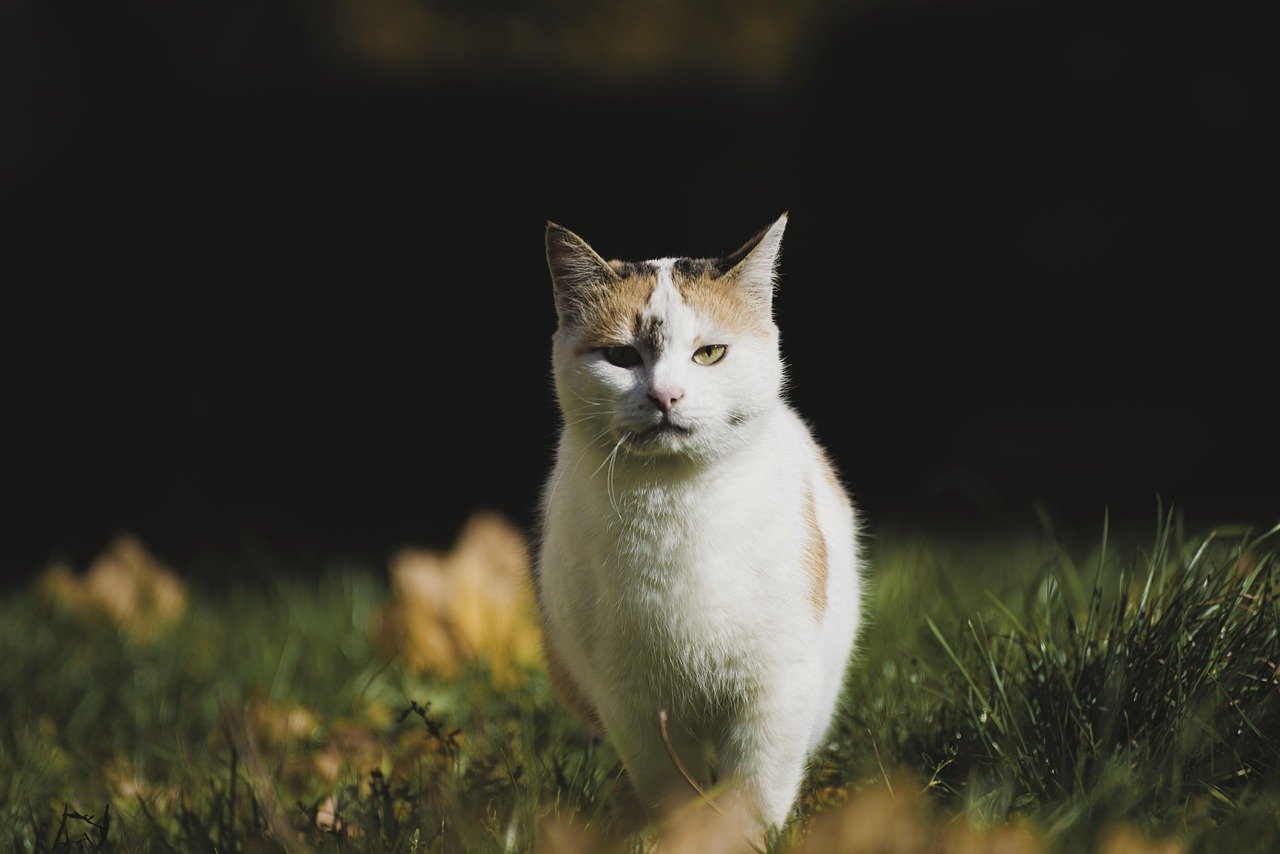
Developing a comprehensive nutritional plan for your cat involves considering their current health status, age, and lifestyle. A well-thought-out plan should include a balanced diet, portion control, regular veterinary check-ups, and adjustments as needed. It’s important to reassess your cat’s nutritional needs periodically, especially as they age or experience changes in health. By taking a proactive approach and tailoring a nutritional plan to your cat’s unique needs, you can support their long-term health and enhance their quality of life.
Incorporating these nutrition habits into your cat’s daily routine can make a significant difference in their health and longevity. By understanding your cat’s unique needs, prioritizing quality ingredients, and staying informed about nutrition trends, you can provide the best possible care for your feline companion. With the right approach to nutrition, you can enjoy many happy and healthy years together.
Hi, I’m Bola, a passionate writer and creative strategist with a knack for crafting compelling content that educates, inspires, and connects. Over the years, I’ve honed my skills across various writing fields, including content creation, copywriting, online course development, and video scriptwriting.
When I’m not at my desk, you’ll find me exploring new ideas, reading books, or brainstorming creative ways to solve challenges. I believe that words have the power to transform, and I’m here to help you leverage that power for success.
Thanks for stopping by, Keep coming to this website to checkout new articles form me. You’d always love it!



